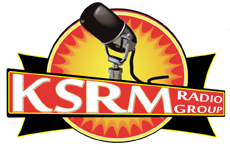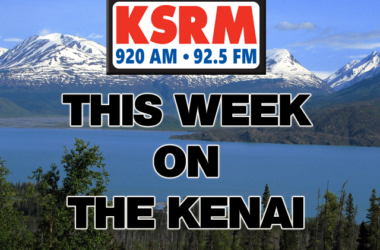After three years of declining, Alaska’s statewide poverty rate increased in 2014.
Caroline Schultz: “It went from 9.3[%] to 11.2[%] in ’13 to ’14. From ’12 to ’13 it went from 10.1[%] to 9.3[%].”
State economist Caroline Schultz said those numbers were pulled from the American Community Survey which replaced the long-form consensus form.
Schultz: The criticism of the ACS is that the margins of error are a lot higher than the old census long-form days and the data are generally less reliable.”
The 11.2% is still well within Alaska’s normal fluctuation according to Schultz and Alaska’s poverty rate is still below the national average.
Schultz said poverty in Alaska is also defined differently because of the very high cost of living and the state’s rural villages.
Schultz: “When you think about rural Alaska, there was just a new report released about how so many villages don’t even have access to plumbing and that’s a very different kind of poverty than the poverty that a lot of people in the Lower 48 experience. It’s a harder difference to quantify but it’s certainly a qualitative difference.”
According to the American Community Survey, there were approximately 42,900 Kenai Peninsula residents ages 18-years-and-over who were below the poverty level between 2009-2014.






